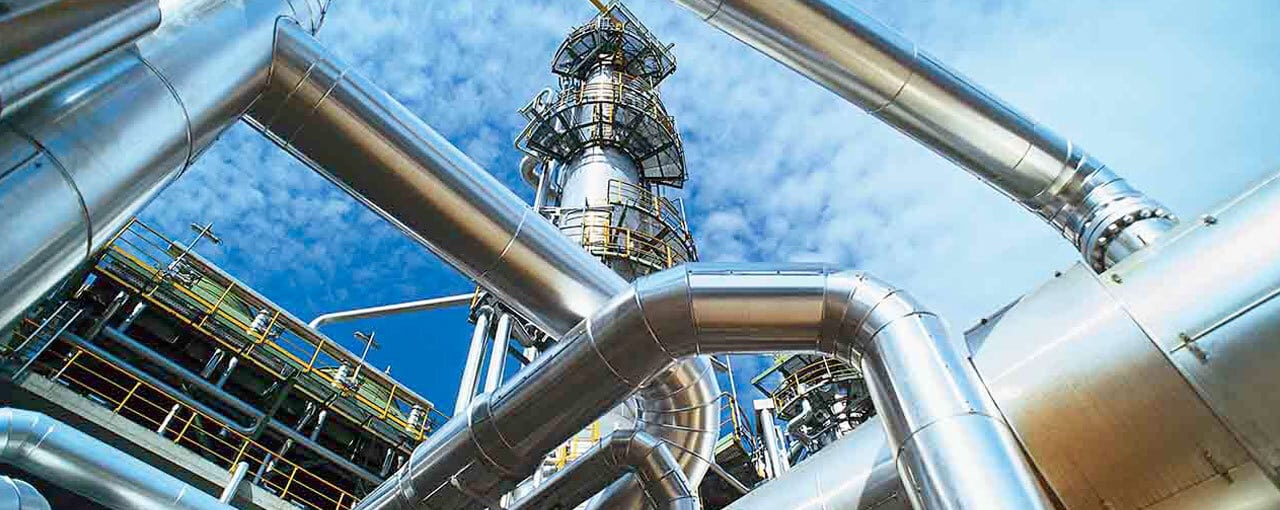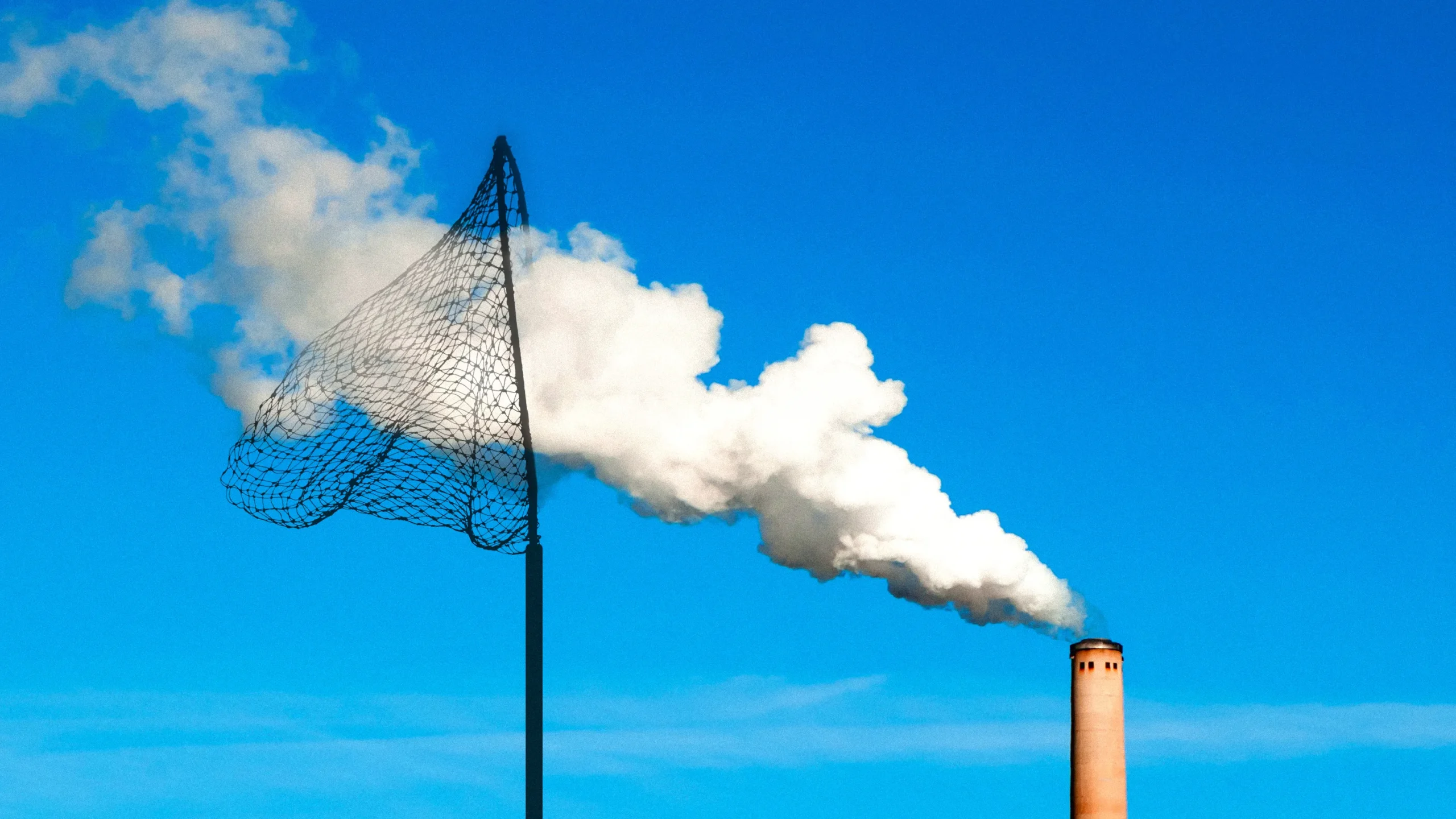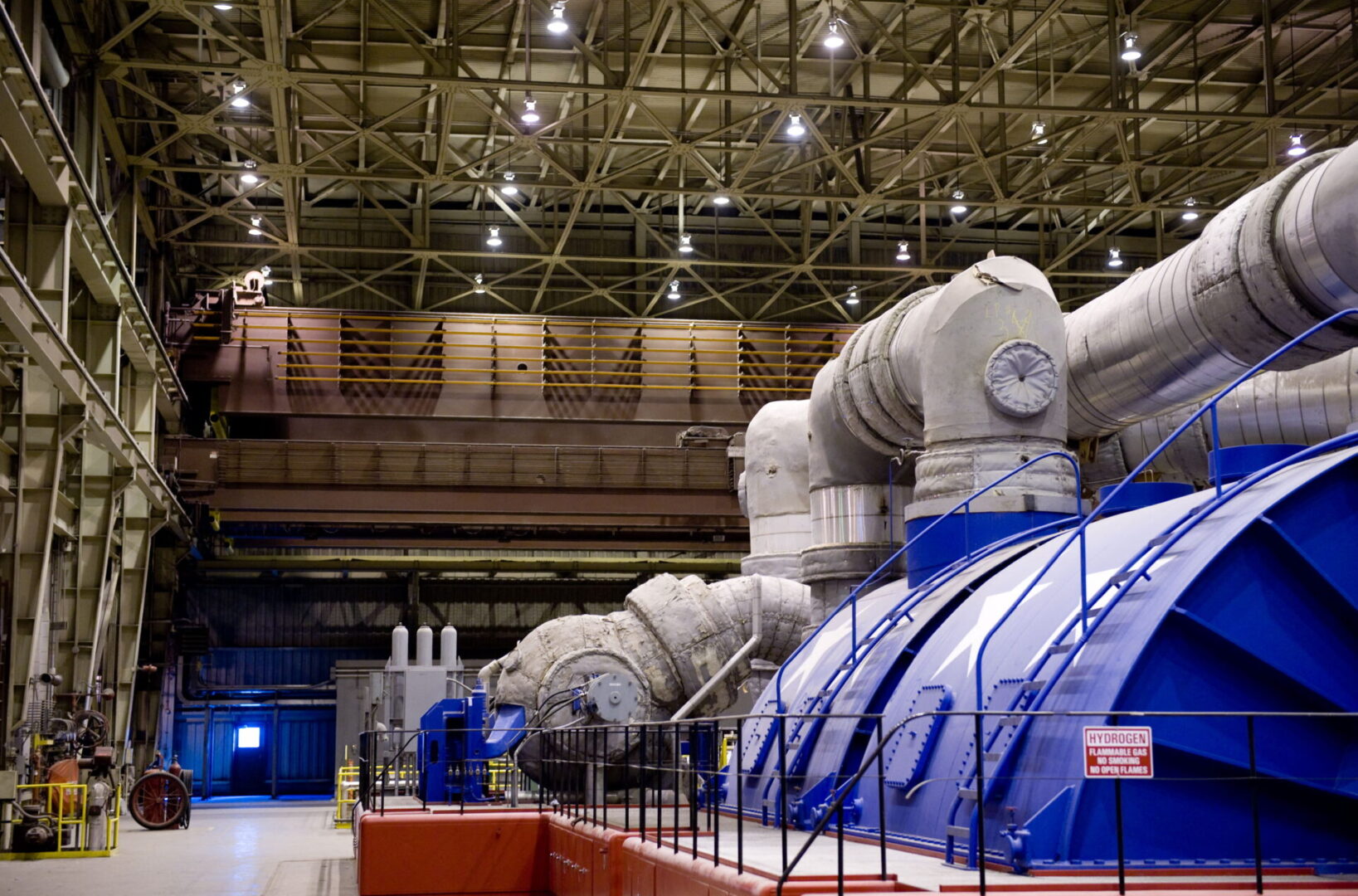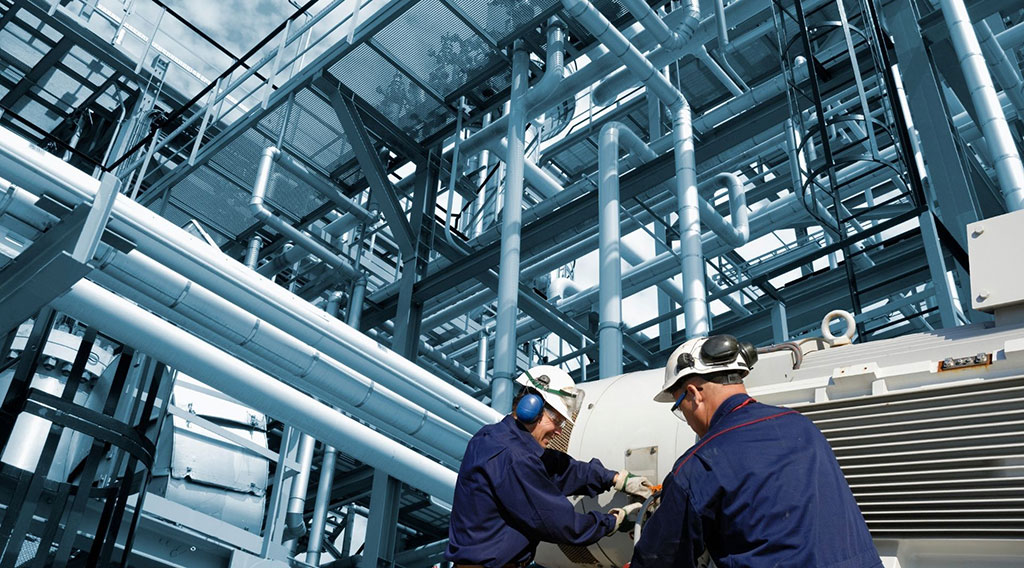The impact of carbon pricing on the adoption of CCUS technology
Carbon pricing and CCUS
As the world grapples with the urgent need to decarbonize, carbon pricing and carbon capture, utilization, and storage (CCUS) have emerged as two vital strategies. Carbon pricing refers to putting a price on greenhouse gas emissions to incentivize industries to reduce their carbon footprint. Meanwhile, CCUS involves capturing carbon dioxide emissions from industrial processes and power generation and storing them underground. In this article, we will explore the impact of carbon pricing on the adoption of CCUS technology.
How carbon pricing works
Carbon pricing can take two forms: a carbon tax or a cap-and-trade system. In a carbon tax system, a price is placed on each tonne of carbon dioxide equivalent (CO2e) emissions. In a cap-and-trade system, the government sets a cap on the total emissions allowed in a given period and issues permits for a certain amount of emissions. Companies can then buy and sell permits depending on their emissions. Both systems aim to put a price on carbon emissions, incentivizing companies to reduce their emissions and invest in cleaner technologies.
The benefits of CCUS technology
CCUS technology has several benefits. First, it can capture up to 90% of carbon dioxide emissions from industrial processes and power generation, reducing the amount of greenhouse gases released into the atmosphere. Second, captured CO2 can be utilized in the creation of products such as cement and plastics, reducing the need for fossil fuel-based inputs. Finally, carbon storage can also help in the production of oil and gas, reducing the amount of emissions released during extraction.
The challenges of CCUS adoption
Despite the potential benefits of CCUS technology, there are significant challenges to its adoption. One of the main challenges is the high cost of implementation. Carbon capture technology is expensive to install and operate, and there are also costs associated with transporting and storing the captured CO2. Additionally, there are concerns about the safety and long-term viability of storing carbon dioxide underground.
The role of carbon pricing in promoting CCUS
Carbon pricing can play a crucial role in promoting the adoption of CCUS technology. By putting a price on carbon emissions, it incentivizes companies to reduce their emissions and invest in cleaner technologies. Additionally, revenue generated from carbon pricing can be used to fund CCUS projects, making them more financially viable.
Case studies of successful CCUS projects
There are several successful CCUS projects around the world, including the Petra Nova project in Texas, which captures CO2 emissions from a coal-fired power plant and stores them underground. In Norway, the Sleipner project has been sequestering CO2 since 1996, and the country has plans to expand CCUS technology in the coming years. The Boundary Dam project in Canada captures CO2 from a coal-fired power plant and sells it to nearby oil fields, where it is used for enhanced oil recovery.
Future prospects for CCUS and carbon pricing
As countries around the world commit to net-zero emissions by 2050, there is likely to be increased investment in CCUS technology. The International Energy Agency predicts that the use of CCUS technology will need to increase by a factor of 100 by 2050 to meet climate targets. Carbon pricing can play a critical role in incentivizing companies to invest in CCUS technology and reducing emissions.
A promising path towards decarbonization
Carbon pricing and CCUS technology are two crucial strategies for achieving decarbonization. While CCUS technology faces several challenges, including cost and safety concerns, carbon pricing can incentivize companies to invest in the technology and reduce their carbon footprint. With increasing global commitment to reducing emissions, the future looks promising for CCUS technology and its role in achieving a net-zero economy.










